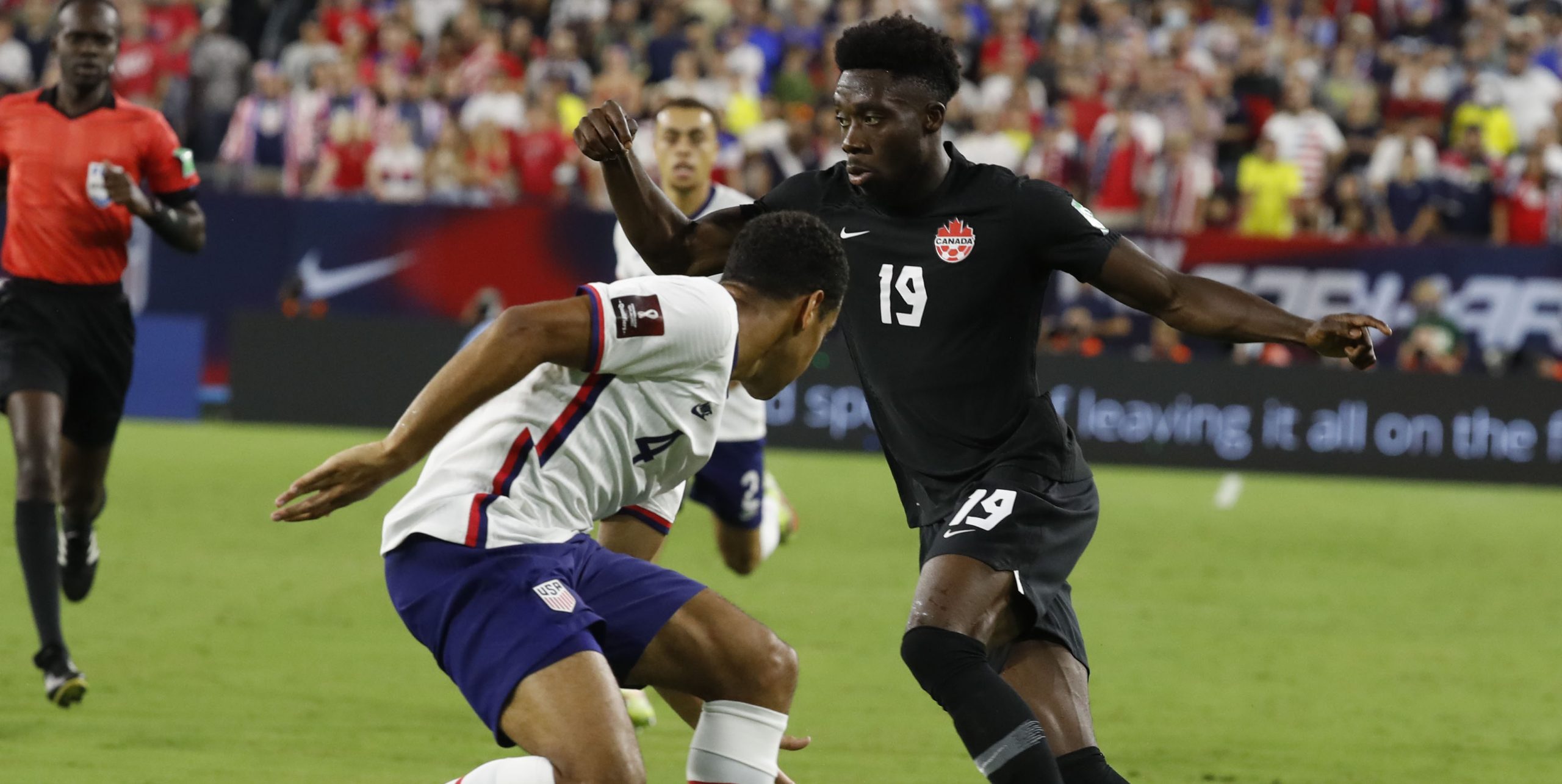On Sept. 5, the U.S. and Canada faced off in an intense World Cup qualifying match. The previous significant meeting between these two traditional rivals dates back to October 2019, 10 months into Gregg Berhalter’s time as head coach.
Nearly two years after the U.S’ difficult defeat in Toronto, they suffered yet another disappointment against Canada in Nashville on Sunday, drawing to John Herdman’s outfit in a World Cup qualifier. The result gave the U.S. a rather lacklustre two points through its first two CONCACAF Octagonal matches.
The game itself was a high-intensity affair, and tensions occasionally rose. The Americans were not outcompeted in Nashville like they were in Toronto—rather, they were outclassed. Canada sat deep in a 5-4-1 low block, content to let the Americans govern possession only to hit them with their breakthrough star winger Alphonso Davies. They executed their game plan superbly, severely limiting the U.S.’ ability to make plays and quickly equalizing the game after Brenden Aaronson put the Americans ahead in the 55th. Davies burned past right back DeAndre Yedlin—a feat not many can boast—to set up striker Cyle Larin for a tap-in during the 62nd minute.
“We’re disappointed with the performance. I think […] the effort was outstanding, but the performance wasn’t up to what we expect,” Berhalter said of the game in a post-match interview.
This assessment was largely accurate, as Berhalter was all too aware that steely determination alone does not put the ball in the net.
Statistically, this game was somewhat of an enigma. The U.S. dominated the possession, with 71.6 per cent control of the ball over the 90 minutes. Possession can be a misleading statistic, however, as it is often the productivity on the ball that eventually wins—or draws—games. This was the case for Canada as they earned a vital draw. Although the U.S. had the ball more, the Canadians were able to contain the Americans. Despite having more possession time, the U.S. failed to generate better opportunities than Canada, registering only a 1.66-1.52 edge in expected goals. Expected goals (xG) is a metric that looks at the quality of chances, rather than shots on target. The Canadian team was able to create an essentially identical xG from only 28.4 per cent possession.
This is extremely encouraging for Canada. Coming off of a loss to Mexico and a draw with Honduras, this victory marks a substantive step in the right direction for Herdmen’s team. They looked enthused on the ball, seemingly outnumbering the American midfielders at times, and created compromising 2-on-1 situations for the American full-backs.
Davies was yet again mesmerizing in his performance. His speed and power is truly unmatched: Even in his domestic league—the Bundesliga—where he stars for Bayern Munich, he clocked the fastest speed in the league at 22.34 miles per hour (35.95 kilometres per hour). Unfortunately, Davies picked up a worrying injury in the 73rd minute.
U.S. soccer fan and U1 Arts student Reza Ali was less than pleased with the draw.
“As a United States fan from Philadelphia, the result was disappointing,” Ali wrote in a message to the Tribune. “We dominated possession but failed to turn that into high quality chances. This is the crux of modern soccer and we fell right into the trap. Hats off to Canada, but I’ll still hold my head high that Philadelphia Union Academy graduate Brenden Aaronson got on the scoresheet for us.”
Canada’s next game comes against El Salvador. Canada will have to be wary of their speed on counterattack, especially with Davies injured. However, with a performance similar to theirs on Sunday, Canada looks set to contest at the top of the CONCACAF qualifying table for the Qatar World Cup.









